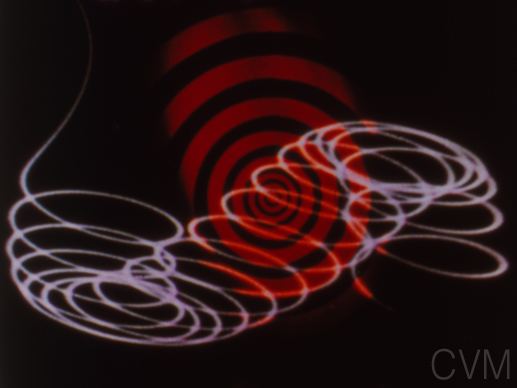Name Mary Bute | Role Animator | |
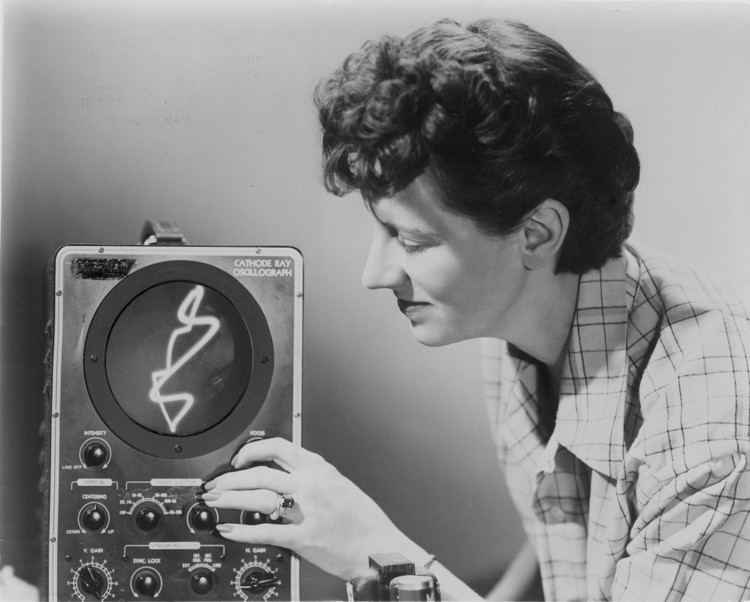 | ||
Movies Passages from Finnegan’s Wake, Tarantella, Mood Contrasts Similar People James Joyce, Thelma Schoonmaker, Peter Haskell | ||
Synchromy no 4 escape mary ellen bute 1938
Mary Ellen Bute (November 21, 1906 – October 17, 1983) was a pioneer American film animator significant as one of the first female experimental filmmakers. Her specialty was visual music and, while working in New York between 1934 and 1953, made fourteen short, abstract musical films. Many of these were seen in regular movie theaters, such as Radio City Music Hall, usually preceding a prestigious film. Several of her later abstract films were categorized as part of her Seeing Sound series.
Contents
- Synchromy no 4 escape mary ellen bute 1938
- Mary ellen bute mother of animation
- Biography
- Filmography
- References
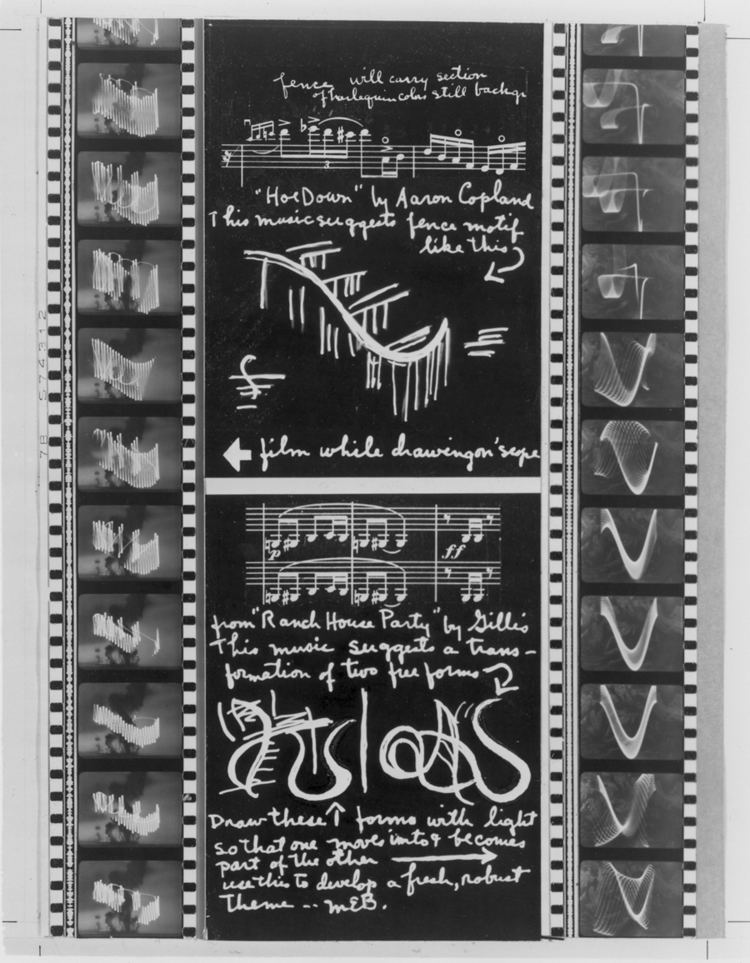
Mary ellen bute mother of animation
Biography
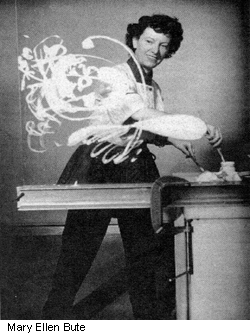
A native of Houston, Mary Ellen Bute studied painting in Texas and, subsequently, Philadelphia, then stage lighting at Yale University, focusing her primary interest on the tradition of color organs, as a means of painting with light. She worked with Leon Theremin and Thomas Wilfred and was also influenced by the abstract animated films of Oskar Fischinger.
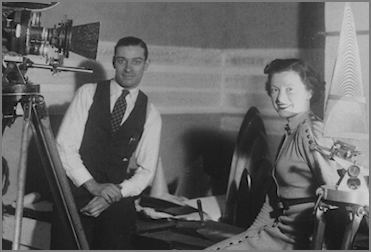
Bute began her filmmaking career collaborating with Joseph Schillinger on the animation of visuals. Her later films were made in partnership with her cinematographer Ted Nemeth whom she married in 1940. Her final film, inspired by James Joyce, was Passages from James Joyce's Finnegans Wake, a live-action feature made over a nearly three-year period in 1965-67.
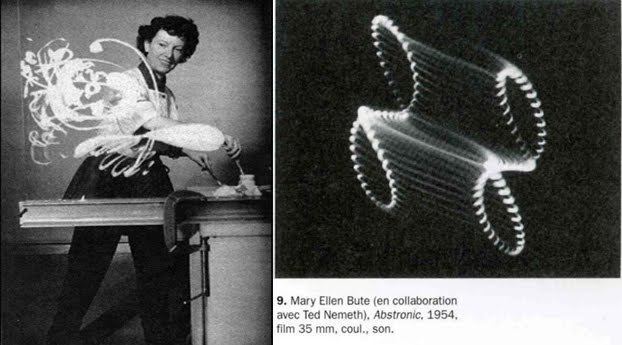
In the 1960s and 1970s Bute worked on two films which were never completed: an adaptation of Thornton Wilder's 1942 play The Skin of Our Teeth, and a film about Walt Whitman with the working title Out of the Cradle Endlessly Rocking.
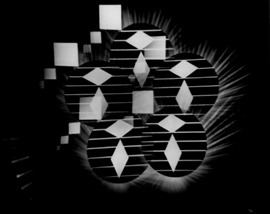
Bute was a founding member of the Women's Independent Film Exchange.
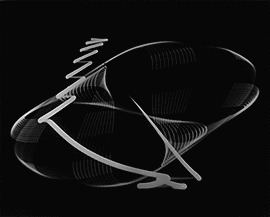
Mary Ellen Bute died of heart failure at New York City's Cabrini Medical Center. She was five weeks short of her 77th birthday. Six months earlier, on April 4, she received a special tribute and a retrospective of her films at the Museum of Modern Art.
An archive with some of Bute's personal papers is at the Beinecke Library at Yale University. A finding aid describes this collection. Film historian Cecile Starr's extensive collection of Bute papers is now at Yale. A small collection is at Center for Visual Music in Los Angeles. Several of her films are at the Yale Film Study Center, Center for Visual Music George Eastman House, Museum of Modern Art in New York, Anthology Film Archives, and a number of other institutions and archives; an entire 16mm collection is with Cecile Starr (update: these are now at Center for Visual Music, Los Angeles along with other prints from Starr's 16mm experimental film collection); and a travelling Retrospective film program of all of her abstract short 16mm films has been presented since 2006 in the US, Australia and Europe by Center for Visual Music, in association with Cecile Starr and The Women's Independent Film Exchange.
Filmography
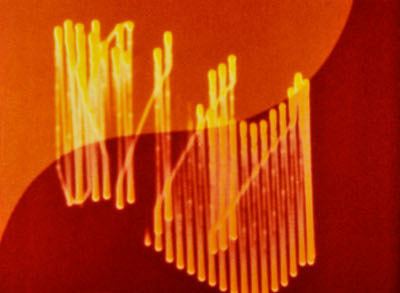
There have been discrepancies over the dating of Mary Ellen Bute's films, primarily due to inaccuracies in published in online articles and websites. The dates below are verified by documents from her distributor and the Center for Visual Music.
